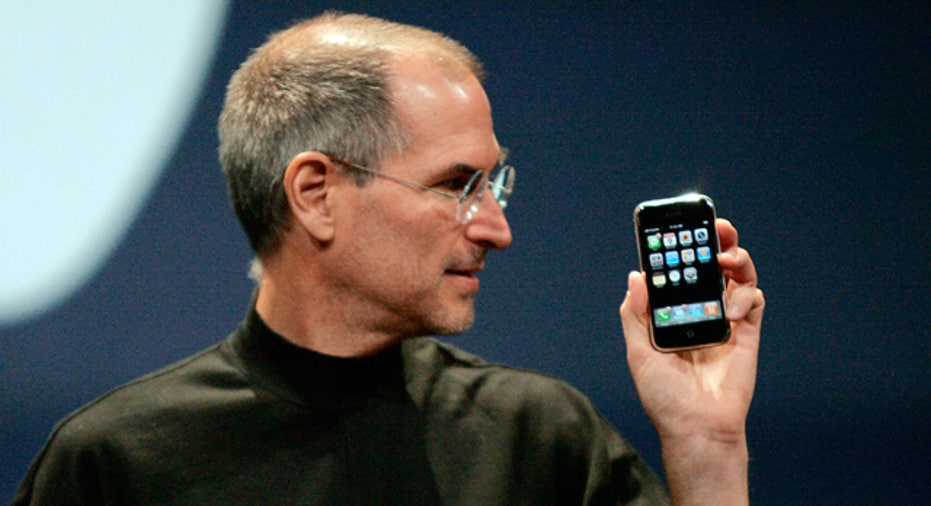Apple Shareholders to Debate Life After Jobs

As Apple co-founder Steve Jobs' health returns to the spotlight, a shareholder group is asking the company to explain its plans for life after the iconic CEO at its annual meeting Wednesday.
With management saying little about Jobs’ condition, the issue will take on its highest profile to date as shareholders vote on requiring more transparency about succession plans for the post Jobs has held for the last 14 years since his return to the company that he co-founded in 1976.
It’s unknown whether Jobs, who turns 56 Thursday, will show up for the meeting at Apple headquarters in Cupertino, Calif. A representative for Apple declined to comment.
Check out FOXBusiness.com's new technology section at foxbusiness.com/technology
Apple has faced similar questions in the past. Jobs skipped the annual meeting two years ago, when he was in the midst of a six-month leave of absence for a then-unspecified health condition. It was later learned that he underwent a liver transplant in that period.
Five years before that, Jobs had surgery to treat pancreatic cancer. He took off a month in mid-2004 to recuperate.
Last month, Jobs told Apple employees that he would be taking another leave of absence “so I can focus on my health” but he withheld specifics of his condition. As in times past, chief operating officer Tim Cook was handed the reins during Jobs’ absence.
What’s different today is a shareholder group has formally demanded that Apple provide more details about its CEO succession planning.
Sponsored by the Central Laborer’s Pension Fund in Jacksonville, Ill., the shareholder resolution calls on Apple’s board to adopt and disclose a written “succession planning policy.” Under such a policy, the board would review its succession plan each year, maintain an emergency succession plan and “identify and develop internal candidates.”
Apple opposes the measure, saying it has already abided by many of the proposed policies. The company further argues that going public with its “confidential objectives and plans” -- as demanded in the proxy’s Proposal No. 5 -- isn’t in shareholders’ best interest.
That proposal “requires a report identifying the candidates being considered for CEO, as well as the criteria used to evaluate each candidate,” Apple said in its printed response to the measure in its proxy statement. “By publicly naming these potential successors, Proposal No. 5 invites competitors to recruit high-value executives away from Apple.”
An Apple spokesperson said the company would have no further comment on the proposal beyond what’s in the proxy statement.
Unlike the leave he took in 2009, Jobs this time left the length of his absence open-ended.
The result has been massive amounts of speculation and rumors in the media as to his status. Apple’s highly successful run over the last decade, thanks to popular products such as the iPod, iPhone and iPad, have cemented Jobs’ legacy as an innovator and visionary, and also created the impression that the company may be harmed by his departure.
The CEO’s health status is unclear. A story in the Wall Street Journal last weekend quoted unnamed sources as saying Jobs has remained “closely involved” with the company while on leave, taking meetings at his home and by phone.
Offsetting that was a story in the National Enquirer tabloid purportedly showing pictures of a frail-looking Jobs visiting the Stanford Cancer Center in Palo Alto on Feb. 8. The Enquirer story was widely circulated on tech blogs and other news organizations.